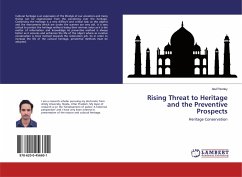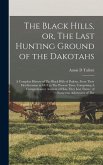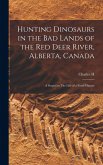Hunting was a metaphor for colonial rule signifying not only the sportsmanship of the British officials, but also the life saviour of the locals from the predatory wild animals. This book is a systematic attempt to explore the history of wildlife as a part of environmental history in colonial Assam based on archival records, administrative reports, memoirs, etc. It reveals the causes for the increasing wildlife-human conflict during the colonial period and provides the statistical accounts of the humans and cattle killed by wild animals and the wild animals killed for rewards in various districts of colonial Assam. It also explores the policies adopted by the British government for the destruction of wild animals. One of the chapters of the book exclusively deals with elephant hunting and its management by the British government. The last two chapters of the book debate the changes in British policies towards wildlife. It reveals how after an episode of hunting and destruction of wildlife, attempts at wildlife protection and preservation started in India with the efforts of some British officials. The international conferences of the 1930s, for wildlife protection led to the fauna preservation movement and the formation of wildlife sanctuaries in India, and simultaneously, in Assam. The book ends with a discussion on how the formation of wildlife sanctuaries and national parks facilitated the commercialization of wildlife.
Bitte wählen Sie Ihr Anliegen aus.
Rechnungen
Retourenschein anfordern
Bestellstatus
Storno








